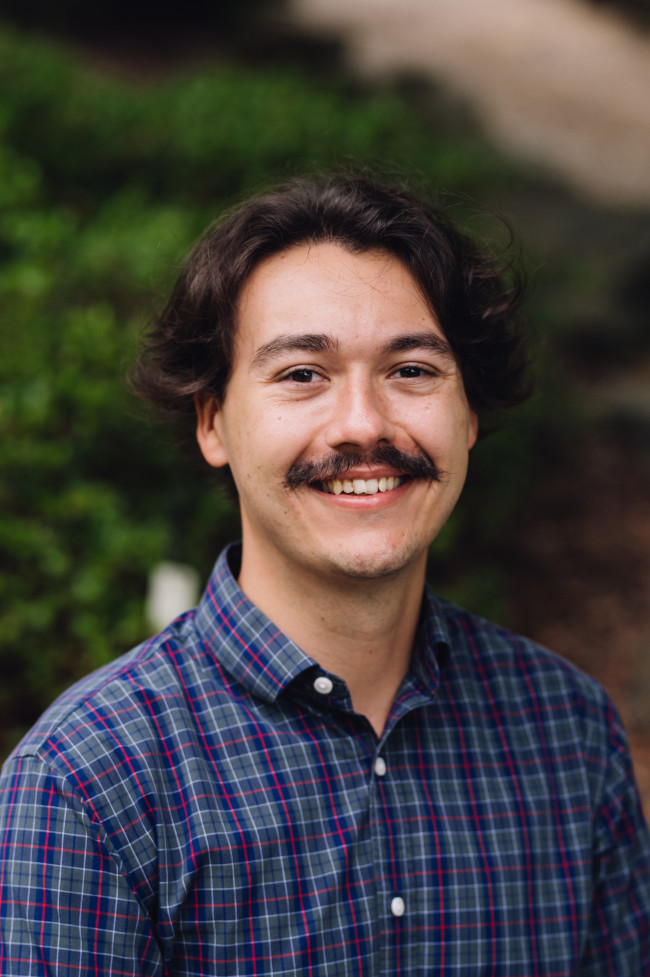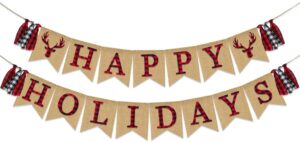
“What We Do With Our Pain Matters”
By Clay Hightower, LICSW
Sometimes my difficulty with feeling excited about the holidays and connecting with the meaning is not simply the result of stress or distractions. Sometimes connecting with that meaning also requires me to connect with my pain. The holidays were harder for everyone last year, but for many, it was the first time celebrating without certain loved ones. Like many others, I thought that I was doing the right thing last year by not going to visit my grandmother in person during the height of the pandemic last year. She thought she was doing the right thing by not going to the hospital and risking exposing herself to COVID-19 after spending almost the entire year following stay-at-home measures. I remember feeling sad and conflicted about the approaching holidays and not knowing what to do about visiting. I remember that all of that went out the window once she became sick enough to willingly go to the hospital. I will always remember the pain I felt losing her in early November and the strong urge that I felt to not have to deal with any of it.
All of the memories that I shared in my first post, as well as almost all of my holiday memories, took place in my grandparents’ home. No matter what was happening in the family at the time or who lived in town anymore, my grandparents’ home was the sacred gathering place. It was expected that one would be home for the holidays and come visit, as long as it was feasible. When my family sold that home last winter, the meaning of that sacred gathering place went with it, as did the power of connection that it held. My family responded similarly to many others that I have heard about from clients during the recent holiday seasons. I stopped being a “big holiday person,” and many members of my family seemed to drift in different directions. For me, not being a “big holiday person” actually meant that I did not know how to engage in those meaningful holiday traditions without also having to engage in my grief, and in some cases, it also meant that I was literally unable to engage in those traditions.
The phrase that has helped me with this struggle the most is “what we do with our pain matters.” What it helps me keep in mind is one of the hardest, but most certain, aspects of grief. Grief does not go away with time, nor is it possible to fix. Avoidance, like calling myself “not a big holiday person,” allows me to create separation between me and my pain and creates the illusion that I can avoid these feelings. However, it requires me to find something that can help me maintain this level of separation indefinitely, and there are only a few things that can do that. The most common one that I see in my line of work is substance abuse, but rarely is there only one source of avoidance. Usually, people will find that one of them “works best” or creates the fewest additional problems for them, but isolation and constantly staying busy are also very common ways to use avoidance. The only issue with these avoidance behaviors is that they rarely work as well as I would like for them to, and they almost always come with some level of consequence.
What grief actually requires of me is capacity. If the feeling will not go away, and if my avoidance-based behaviors do not actually address my problem, then I must get better at feeling. For me, this behavior is sometimes intentional. I choose to look at old photo albums, I engage in some of the traditions, and I go visit my lost loved ones. These behaviors require me to face these feelings directly and allow them to happen. After I first lost my grandmother, I did not feel able to do these things. However, it became possible for me to face the sadness, and now it has become easier. Sometimes getting better at feeling is a reaction I have to choose. My loved one will come to my mind, or I will face an unexpected reminder, and I will be faced with the choice to stay and feel or to run.
Like these meanings and traditions that I have discussed, one of the most important aspects of grief is its uniqueness. Grieving is not about comparing, doing it correctly or incorrectly, or getting over it. So, I do not share my experience as a guide or manual, but rather to increase my own capacity and to share with others what has been one of the more confusing and incapacitating experiences in my life. In my next post, I intend to share common themes of grieving rituals and how they may connect with these holiday traditions. My hope for those who read this, and myself, is that this experience will allow me to feel both the sadness and the joy in their fullness.
If you are finding these posts helpful and would like to join us for ritual and togetherness, I would strongly encourage you to the 7th Annual New Year Cleanse on New Year’s Day from 9 to 11:30. Check our recent posts for more information about the Cleanse!

